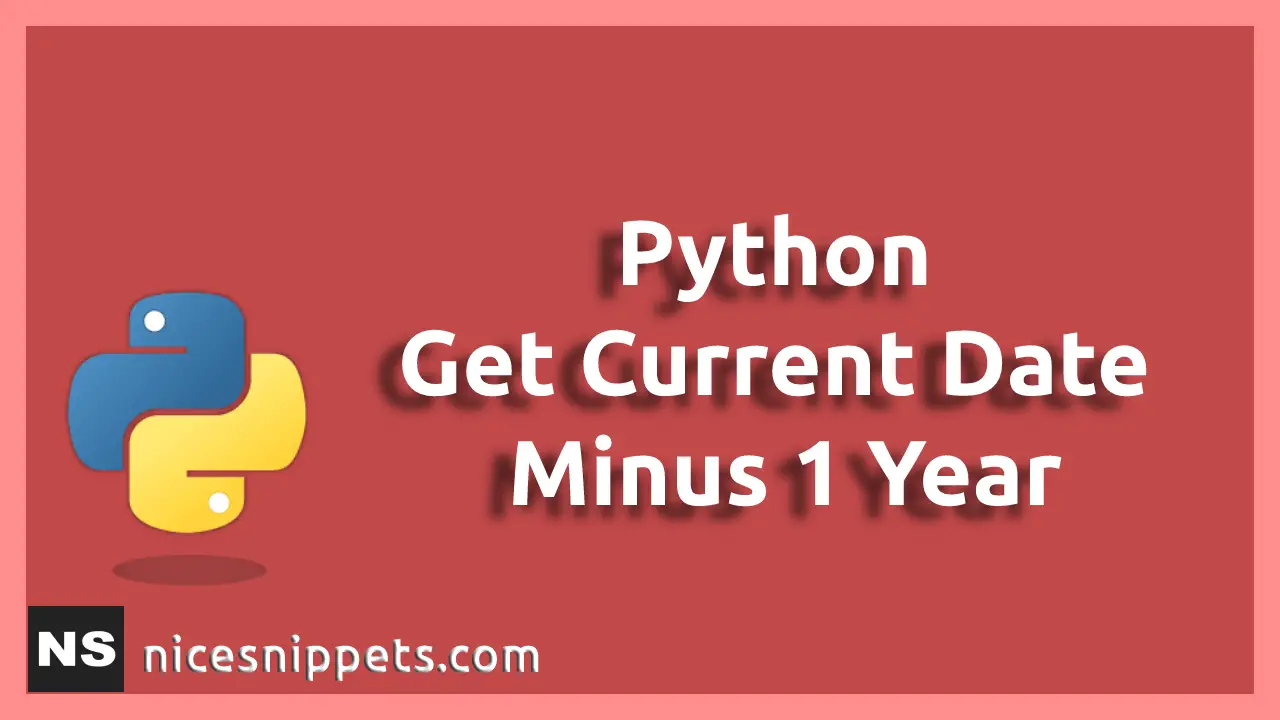

So, to add minutes to a given timestamp, we can create a relativedelta object to represents the interval in minutes and then add it to the datetime object containing give date. Year, Month, Day, Hours, Minutes, Seconds and Microseconds. This relativedelta class has all the attributes to represent a duration i.e. In python’s dateutil module, there is a class relativedelta which represents an interval of time. Add minutes to given timestamp in python using relativedelta after 3 minutes from the given timestamp. It returned a new datetime object pointing to a different timestamp i.e. We created a DateOffset object by passing minutes argument as 3. Print('Final Time (3 minutes after given time ): ', final_time)įinal Time (3 minutes after given time ): 11:15:22.234513įinal Time as string object: 11:15:22.234513

Let’s understand with an example,Īdd 3 minutes to a datetime in python from datetime import datetimeįinal_time = given_time + pd.DateOffset(minutes=n) It can be used with datetime module to add N minutes to a datetime. It is mainly used in incrementing or decrementing a timestamp. Pandas provide a DateOffset class, to store the duration or interval information.

Subtract hours from current time in PythonĪdd 15 minutes to a timestamp in python from datetime import datetime.Check if a Date is Before Another Date in Python.
DATETIME.NOW MINUS MINUTES PYTHON HOW TO
How to subtract days from a date in Python?.Python - Access Nth item in List Of Tuples Python - Check if a value is in Dictionary Python - Returning Multiple Values in Function


 0 kommentar(er)
0 kommentar(er)
